The surprisingly enduring appeal of Stephen Sondheim's Company
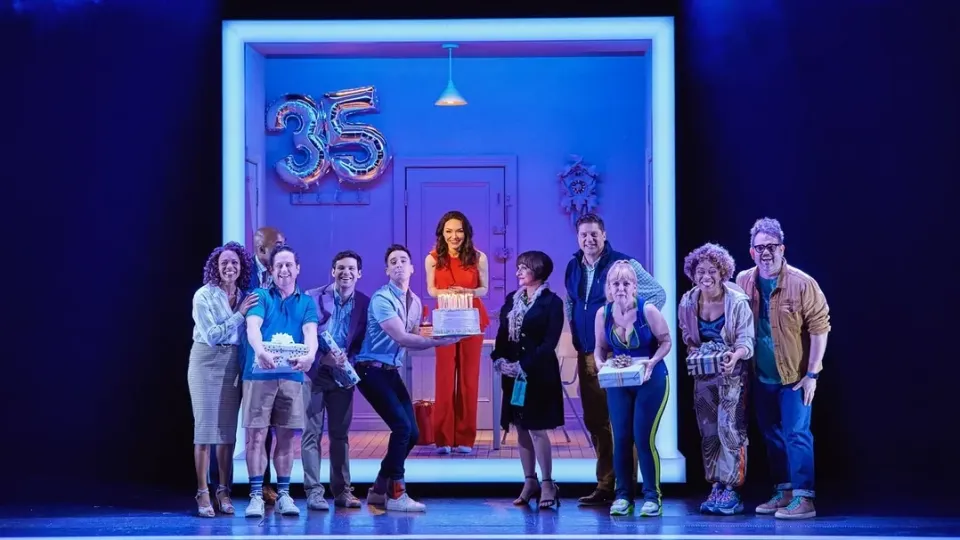
(Each week, I’m publishing a new pop culture essay from a freelancer. Remember: Your subscription fee helps me pay these freelancers for their efforts! This week: Deborah Blumenthal on two distinct ways directors reinvented the 1970 musical Company for new eras.)
I first met Bobby, his girlfriends, and his (crazy, married) friends in 2006, when I was a month shy of my 20th birthday. I was in the audience for the Cincinnati world premiere of director John Doyle’s production of Stephen Sondheim and George Furth’s Company, which eventually transferred to Broadway and went on to win the Tony Award for best revival of a musical in 2007. The production left me overcome with feelings I never expected to feel as a teenager watching a show about a bachelor weighing the pros and cons of marriage on his 35th birthday.
Company is a unique musical. It doesn't have much of a traditional plot and is instead a story told in vignettes of the main character’s memories. Its experimental structure marked a major turning point in the career of composer Stephen Sondheim, the man behind many of the most influential works in American musical theater history, including Sweeney Todd, Sunday in the Park With George, and Into the Woods.
Bobby, Company's central character, is a confirmed bachelor, a beloved outlier among his coupled-up friends. Upon discovering that his friends are throwing him a surprise birthday party, Bobby thinks back on recent encounters with them that have caused him to contemplate the possibility of settling down.
For decades, many thought Company would forever be trapped by the circumstances of the time in which it was made. The original production of Company, which debuted on Broadway in 1970, was a revolution for musical theater, with its fractured structure and non-linear plot, a watershed moment that ushered in a new era for the form. But topically, it was decidedly of its time. Company debuted during an era in which Americans, particularly in urban settings, were challenging long-held beliefs around relationships, cohabitation, and marriage — represented by several of the couples Bobby is friends with. (One couple gets divorced but continues to live together; an anxious bride-to-be is worried that she and her fiancé are ruining their lives and losing their identities; another character is on her third marriage.) In 1970, many people viewed a man who was single at 35 as some kind of problem. It was quite likely that such a man’s friends would be pressuring him to get married — the very crux of the show at first glance, but a point whose edges dulled as the show got older.
Doyle’s 2006 production proved that the show could be removed from the ‘70s and brought into the 21st century. When it transferred to Broadway in the fall of 2006, I visited frequently and noticed that I wasn’t alone in being unusually moved by it for my age. In New York, the production gained a following among young audiences. Conversations at the theater and on Broadway chat forums revealed that other college students and early 20somethings were connecting deeply with the show, too. It was an affinity that didn’t immediately add up — kids and young adults relating to a show about middle aged people in the 1970s and the complexities of marriage.
In the process of writing my bachelor’s thesis on Company in 2007 and 2008, I read a lot about bachelorhood in America. Literature from the 1980s showed a changing portrait of single men, as single life at an older age became more common. Being single was no longer a stop on the way toward a man completing himself by getting married. In the '80s, it was a state that was deliberately chosen and more accepted. Based on this, I argued that for a mid-2000s audience, the idea of a 35-year-old bachelor wasn’t considered a problem. Staging a Company that worked for that audience required a recalibration of the show’s focus.
Doyle’s success where Company revivals in the mid-90s had struggled stemmed from the way he teased out a secondary theme within the show that had always been there. Like all of Sondheim’s work, Company is about human connection — and people struggling to find it. Its secondary theme has always hinged on a more general isolation and disconnection in city life. In a world where technology was growing more and more ubiquitous and in a city where it was normal to ignore everyone around you, Doyle focused his production on that secondary theme and staged a Company capable of profoundly connecting with 2006 audiences. His production, at its heart, wasn’t really about marriage but about longing to connect. He staged a Company for its moment without changing a word.
Doyle is a master of less is more. He describes himself as an essentialist, which means his directorial approach centers the emotional core of a story and uses only the elements that are absolutely necessary to tell it. His production of Company is best known for its use of actors doubling as musicians. (Cleverly, bachelor Bobby is left out of the band everybody else is in.) But its stripped down aesthetic also served the shift to a focus on the darker, more difficult side of the “alone together” sensibility of living in New York City. Sleek, stark visuals — a black and white palette, multi-purpose set pieces that looked like ice cubes — combined with physically distant staging, where the couples almost never touched and a sex scene featured no clothing being removed at all, to underline the lack of connection.
As part of my thesis research, I spoke with Raúl Esparza, who played Bobby in Doyle’s production, and Mary-Mitchell Campbell, who had orchestrated it. Our conversation returned several times to how the show approaches connection and how we relate to others. For example, Bobby doesn’t fit in. He is torn between a need to please and a compulsion to finally face himself and define his life as more than a reflection of his friends. Esparza and Campbell told me the show was about growing up and wrestling with how we connect to other people in that process. I was struck by how perfectly this idea explained what had resonated with the young people drawn to the 2006 production. What’s more defining of young adulthood than the loneliness that can be part of self-discovery and self-definition?
But Company keeps revealing new facets of itself. Fifteen years after Doyle’s production ended its run, Company British director Marianne Elliott reinvented Company yet again.
A new production explores the differences between a confirmed bachelor and a single woman
In 2018, I flew to London to see the first run of Elliott’s gender-swapped revival, which eventually opened on Broadway in late 2021. (It was supposed to open in New York in 2020 but was delayed by the Covid-19 pandemic.) I was 32. I had seen several productions in the years since Doyle’s revival, and the show hit differently — tougher — as I got older. But what I saw on the West End challenged everything I previously understood about Company. In Elliott’s production, the lead is Bobbie, a 35-year-old woman.
While the problem of the 35-year-old bachelor no longer plagues society, the needle hasn’t moved quite as far for women. Elliott’s production ups the ante on the pressure Bobbie faces and the overwhelming claustrophobia she feels thanks to the expectations of others. Giant 3 and 5 balloons loom over her throughout the show. She’s trapped in a tiny, Alice in Wonderland imagining of her apartment. Her overbearing friends crowd and stifle her. “Tick Tock,” once a dance number nodding to the sexual revolution, is now a ticking biological clock, a dream sequence of all the what ifs in the dialogue about whether a woman can have it all. In another scene, Bobbie is visiting her friends David and Jenny. Jenny muses about missing her single life, then quickly reminds Bobbie (and herself) of everything she has in her marriage — her kids, her home. “Maybe you got to give up to get," she concludes. The line originally belonged to David. But when a woman says it to another woman, it strikes like never before.
Changing Company's lead to a woman might seem revolutionary, but I’d argue that it’s deeply reverent to the original production. By centering the story on a woman, Elliott has brought the show back around thematically to its original conception from 50 years ago. She’s created a Company that can centralize questions about the pressure around dating and marriage in a way that works again for modern audiences. This Company almost certainly packs an emotional punch more similar to what watching it in 1970 might have felt like than anything we’ve seen in the last 25 years.
But what makes Elliott’s Company of its moment also lies in choices that have nothing to do with gender. She’s integrated technology. Dating apps and texting are a part of this Company’s world, not only in props and visuals, but also in Sondheim’s new, updated lyrics. (For example, “I’ll text you in the morning, or I’ll call you and explain” has replaced “I’ll call you in the morning, or my service will explain.” “Nothing much to do except to check her phone” has replaced “Throw a lonely dog a bone, it's still a bone.”) Elliott has turned up the dial on portraying the themes of isolation and disconnection, linking them directly to the constant presence of mobile phones and the impersonal nature of dating in the age of swiping.
“Marry Me A Little,” the Act One finale, was previously a moment in which Bobby fantasized about a marriage in which people “look not too deep,” are loved “just enough,” and make no compromises. In Elliott's production, the song begins with Bobbie swiping frustratedly on a dating app. It has been transformed from a negotiation about what an immature character is willing to give into an exasperated resignation about what she is willing to settle for.
While changing the lead to a woman erodes the argument that Company in the 21st century works best if it doesn’t focus primarily on marriage, I’d argue that it’s still true that focusing on a general longing for connection is a good thing for the show to zero in on in order to remain relevant as it ages. What’s thrilling about Elliott’s production is that it astutely combines some of the ways the 2006 revival departed from the original with an emotional experience that resembles that of audiences when it first premiered.
What wasn’t planned when Elliott’s production debuted on the West End almost four years ago was that her Company is now living inside a pandemic defined by isolation and loss. When I talked to them in 2008, Esparza and Campbell discussed Doyle's Company in the context of post-9/11 New York. They talked about the need to connect with others following a cataclysmic event at a time when fear and trauma still hung in the city’s air and about the difficulty of finding connection in a city where, even when you’re surrounded by people, it’s easy to feel intensely alone. Their thoughts lingered in my mind when Elliott’s production finally opened on Broadway in December, 21 months after Covid-19 forced the world into prolonged isolation and caused theaters to shut down. Those same ideas came back into play as, unable to travel from my pandemic bubble in Chicago, I absorbed accounts of friends and strangers who flocked to Company when it returned after the shutdown, rejoicing at coming out of isolation and reconnecting with the community at a show about people trying to connect in the hard hit, resilient city they were standing in. Company had evolved with its audience once again.
So much of the conversation around Company in the last 30 years has been engaged in the reductive debate over whether the show is dated. Because my introduction was the John Doyle staging, I’ve never believed that it is, but the subject comes up in almost everything I've ever read about the show. Sixteen years after Doyle’s production leaned into a less prominent side of the text to disprove the notion that the show is dated, Marianne Elliott’s production has changed the conversation entirely and divested the show from that debate with an approach that makes the old new again.
“Shows change their life according to what is going on in the world around them,” Sondheim told New York Times reporter Michael Paulson. The two spoke just days before his death last November, while Elliott’s production was in previews. In the days following his death, the show took on new significance for a very particular cultural moment — performances of his seminal work about the need for connection in New York City became a balm and a physical space for connection for people mourning the loss of a gargantuan cultural figure whose words have helped us to better know ourselves. w
This reimagination of the show as a celebration of the artist behind it was yet another poignant example of the way that for five decades, Company has reflected what audiences have brought to it, from sweeping cultural movements and seismic historical events to specific moments and personal experiences. The show is a defining piece in the American musical theater canon and a touchstone for half a century of theatergoers including people who, like me, have felt it change with them at different points in their lives. With innovative new interpretations like the ones staged by John Doyle and Marianne Elliott, Company has shown that it can transform beyond the bounds of the time it was written in and reflect the ethos of more modern eras, both now and in the future.
Episodes is published twice per week. Mondays alternate between a free edition on various topics and a subscriber-supported edition where I recap TV shows of interest. Fridays offer pop culture thoughts from freelance writers. The Friday edition and the biweekly recaps are only available to subscribers. Suggest topics for future installments via email or on Twitter. Read more of my work at Vox.
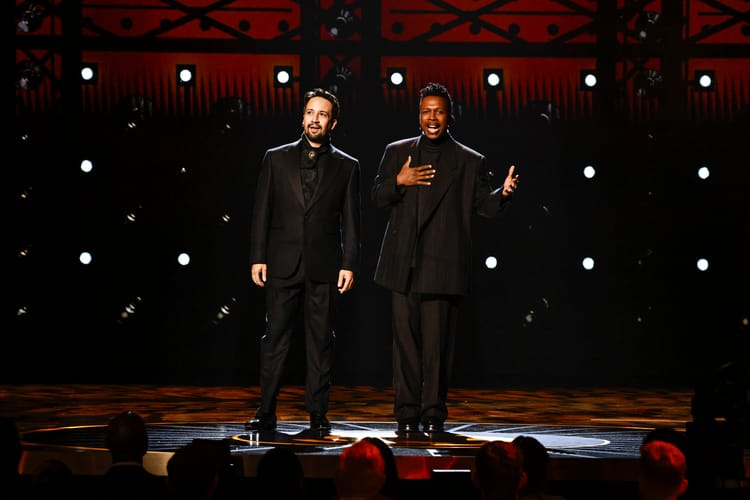
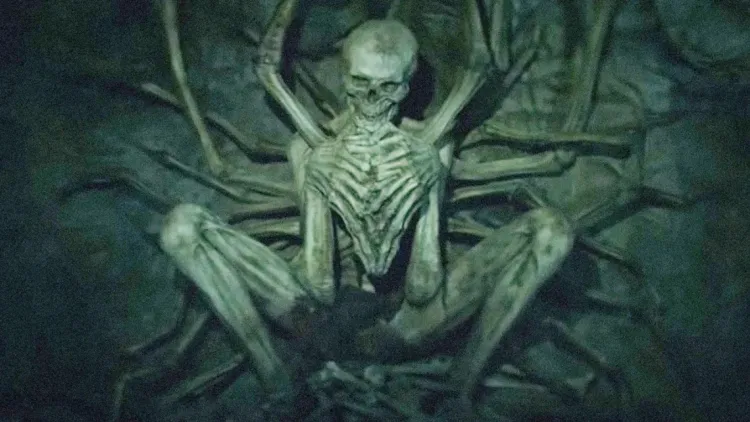
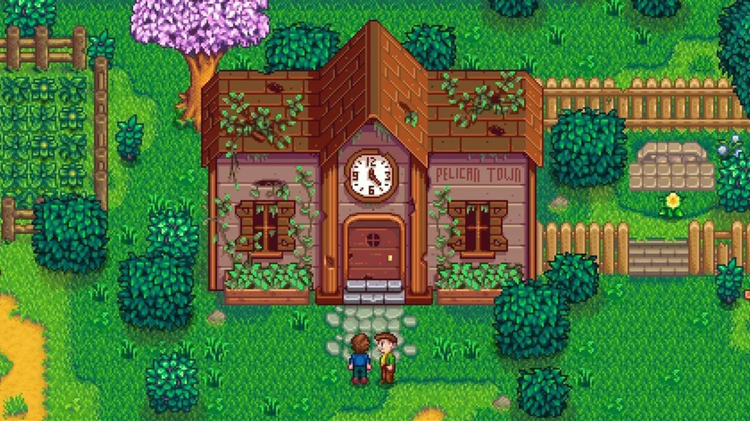
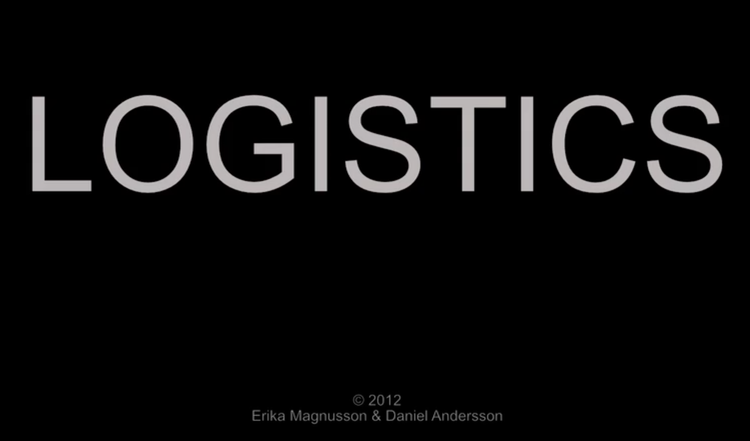
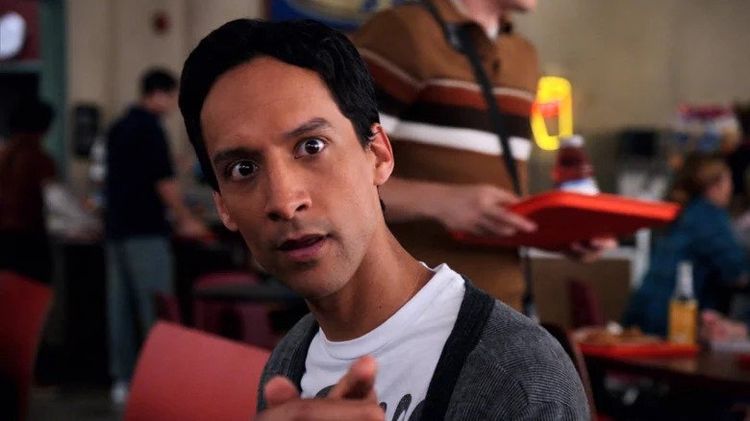
Member discussion